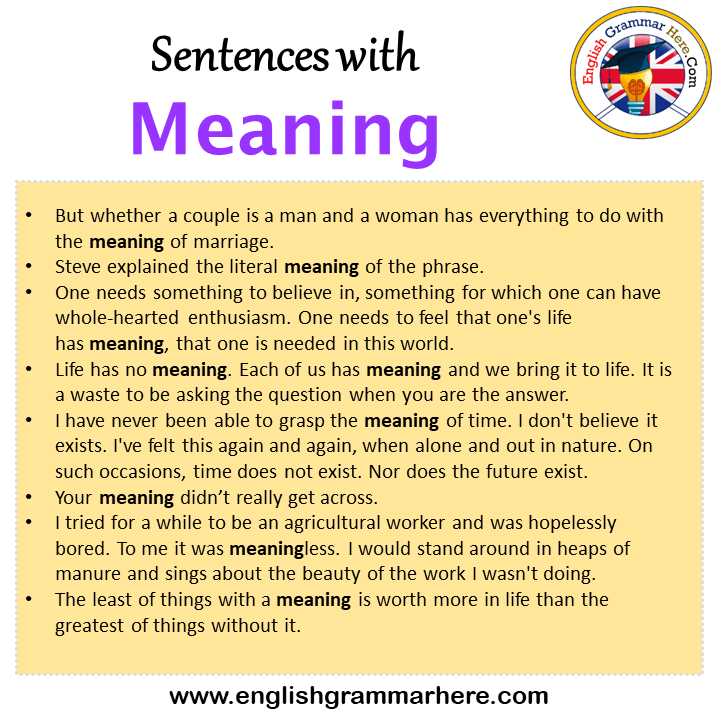Good grammar is essential for effective communication. It allows us to convey our thoughts and ideas clearly and accurately. One common grammar rule that often confuses people is the use of the word “but.” Understanding how to use “but” correctly can help improve the clarity and coherence of your writing.
When it comes to grammar, the word “but” is a coordinating conjunction that is used to connect contrasting ideas or clauses. It is often used to introduce a contrasting element in a sentence, indicating a shift in direction or thought. Understanding how to use “but” effectively can help you create more sophisticated and nuanced sentences.
But Grammar Meaning
Using “but” in a sentence can help create a sense of balance and contrast. It allows you to introduce a contrasting idea or perspective, adding depth and complexity to your writing. For example, consider the following sentence: “I wanted to go to the beach, but it started raining.” In this sentence, the word “but” introduces a contrasting element (the rain) that changes the course of the sentence.
Additionally, “but” can be used to emphasize a contradiction or unexpected outcome. For instance, “She studied hard for the exam, but she still failed.” In this example, the word “but” highlights the unexpected result of the hard work put into studying.
It is important to use “but” judiciously in your writing to avoid creating awkward or confusing sentences. Make sure that the contrasting elements you are connecting with “but” are logically related and effectively communicate the intended meaning.
Overall, understanding the meaning of “but” in grammar can help you enhance the coherence and effectiveness of your writing. By using “but” to introduce contrasting ideas or unexpected outcomes, you can create more dynamic and engaging sentences that capture the reader’s attention.
Closing Thoughts
Mastering the use of “but” in grammar is an important skill for anyone looking to improve their writing. By understanding how to effectively incorporate this coordinating conjunction into your sentences, you can create more compelling and nuanced pieces of writing that resonate with your audience.
